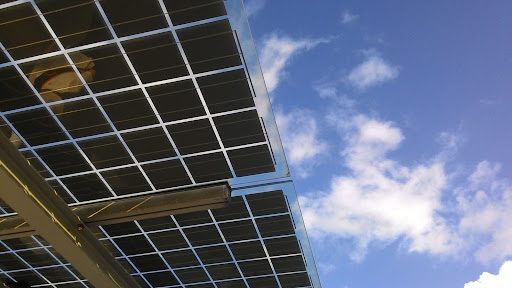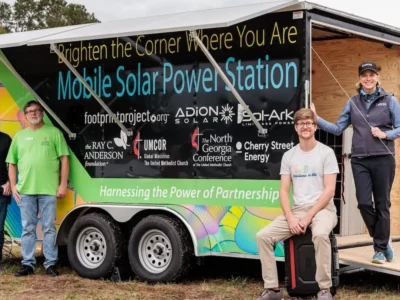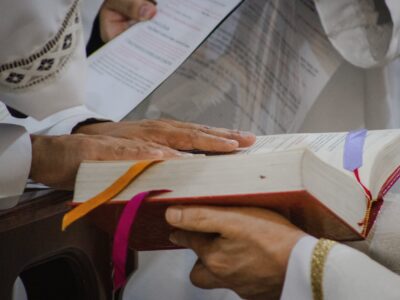My experience with the nation’s public education system was probably very similar to that of many Americans. The majority of my childhood and adolescence followed a predictable daily pattern. I would get up at the crack of dawn on weekday mornings, only to be told by my parents that I was too young for a much-needed caffeine boost as I trudged my way down to the street corner to wait for that lumbering yellow school bus. As I made my way inside the grey brick building and down the halls to my tiny cold-rolled steel locker, never once did it cross my adolescent mind that there was a reason the lights flickered or why I was always too cold in the winter while constantly sweating in September and May.
Now, I can finally understand what was behind all of that – energy costs! Energy costs are the second-largest budget item for schools nationwide and the first target for administrators looking to scrape savings wherever they can find it. In the years since my high school tenure came to an end, innovative districts are turning to solar installations as just one way to combat rising expenses.
The increasingly prevalent trend of solar panels showing up on school rooftops doesn’t look to be stopping anytime soon. Forty-two years after solar panels were installed atop the White House, American schools are engaging in power-purchase agreements. These agreements are contracts with energy providers that allow the schools to lease the solar equipment at little to no up-front cost, creating a win-win for the schools and the energy companies. By keeping start-up cost at a minimum, power companies can quell the fears of potential customers who might have doubt about solar panel materials and installation costs. This leads to an increased acceptance and use of solar energy over traditional alternatives nationwide.
Still, there is much work to be done for solar-powered schools to become the norm and not remain just an inspiring trend. As of 2019, the Solar Energy Industries Association (SEIA) reported that a mere 7,300 K-12 schools were equipped with solar panels, which comes to just under 6 percent of institutions across the country. Thankfully, the schools with solar power infrastructure are larger than average, meaning 9.4 percent of the total American student body attends a solar-powered school.
While the lion’s share of success stories have taken place in western states, other early adopters across the U.S. have reported immediate benefits. In Arlington, VA, Discovery Elementary School opened in 2015 as one of the biggest zero-energy certified buildings in the country. The nearly 500-kilowatt system creates an energy surplus and saves the administration $100,000 in annual energy costs. Sitting at 1,700 solar panels, this kind of setup came with high initial costs since the school opted to finance the operation themselves instead of utilizing the aforementioned power-purchase agreement. However, school officials fully expect the investment to pay for itself and then some in the long run, as the cost-effectiveness of solar power only increases as time passes.





 Copyright
2024
Root and Vine
Copyright
2024
Root and Vine